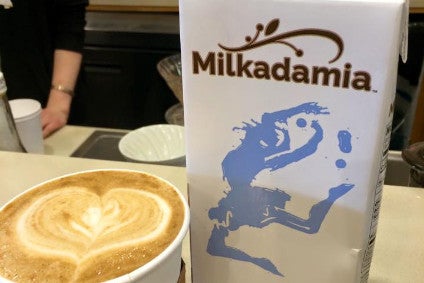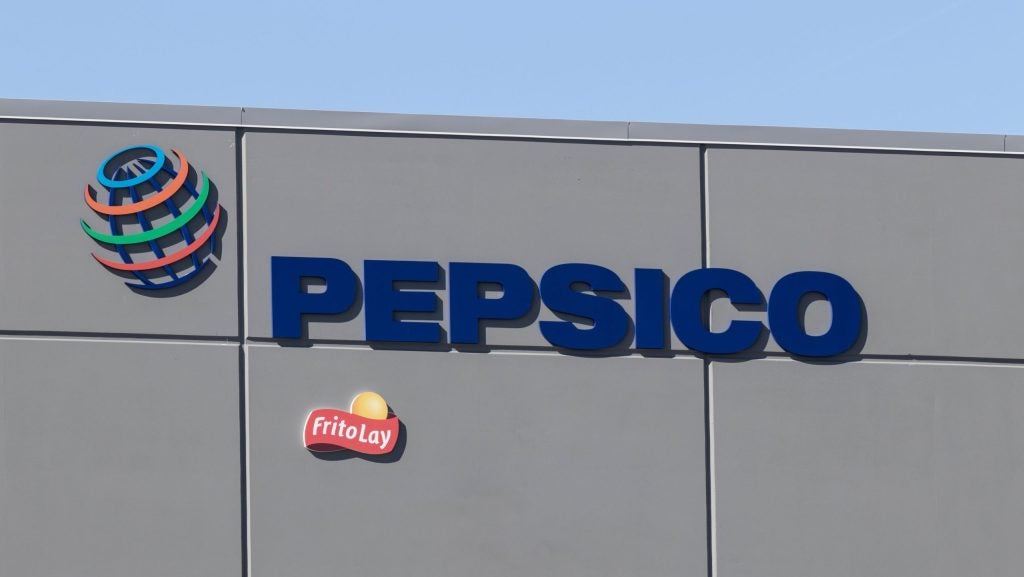
Soy milk was the first alternative to milk and has grown to become a significant category in its own right in markets in North America and western Europe. However, alternatives to the alternative are gaining ground. Tom Vierhile, innovation insights director at Canadean, analyses the competition.
It’s no secret US consumption of cow’s milk has been slipping in recent decades. According to the US Department of Agriculture’s Economic Research Service, the consumption of fluid milk has plunged by a whopping 35.6% since 1975. The decline itself may not be surprising but the growing intensity of the drop may be. Between 2010 and 2014, per capita consumption of fluid milk in the US fell 10.2%, the steepest five-year decline of any five-year period dating as far back as 1975, and double the second steepest decline of 5.1% for the five years from 2000 to 2004.
The initial beneficiary of – and factor in – the fall in demand for cow’s milk was soy. However, alternatives to soy are wresting the sales momentum. In 2014, soy milk suffered a double-digit per-capita consumption decline in the US. The drop came a year after what Canadean calls the milk alternative category – that is the rivals of cow’s milk, minus soy – eclipsed the market for soy milk in size. To add insult to injury, Canadean projects milk alternatives will be double the size of the soy milk market by the time 2015’s final sales are calculated – a change few saw coming.
One category’s loss is quite often another category’s gain and the recent sales success of milk alternatives in the US market is almost a mirror image of what is happening to fluid cow’s milk. According to Canadean, milk alternatives – a category collectively referred to as grain, nut, rice, and seed milk alternative drinks – has enjoyed consistent double-digit and even triple-digit per-capita consumption gains in the US since 2010. Most recently, milk alternatives racked up a 27.6% consumption gain in 2014, a figure that puts milk alternatives in a class of their own.
New product innovation in milk alternatives has been strong for the past few years, and is showing signs of continuing well into 2016. Each year, it seems there is a novel type of milk alternative to carry the market to new heights and 2016 is no exception as it is already shaping up as the year of macadamia milk.
Ultra high in fat, macadamia nuts would seem to make a curious choice as a base for a better-for-you alternative to cow’s milk, but macadamia nuts are naturally high in the right kind of fat – monounsaturated fat. This high fat-content gives macadamia nuts a mouthfeel and richness that other nuts lack, qualities that could potentially help macadamia milk excel in certain market niches.
How well do you really know your competitors?
Access the most comprehensive Company Profiles on the market, powered by GlobalData. Save hours of research. Gain competitive edge.

Thank you!
Your download email will arrive shortly
Not ready to buy yet? Download a free sample
We are confident about the unique quality of our Company Profiles. However, we want you to make the most beneficial decision for your business, so we offer a free sample that you can download by submitting the below form
By GlobalDataThese sensory characteristics have helped Milkadamia non-dairy macadamia milk take its case to baristas. According to Blair Jackson of Jindilli Beverages, the maker of Milkadamia, the product “has a better taste and texture than other milk alternatives.” Jackson goes on to say “people are going into coffee shops asking for non-dairy and non-soy products, and we have created a product that works beautifully with coffee. Milkadamia will not overpower coffee and has no aftertaste.” Milkadamia is made from Australian-sourced, non-GMO macadamia nuts that grow from what the company calls sustainably-farmed “free-range trees” from the the eastern coast of Australia, the region where macadamia trees are said to have first came from.
A pair of other recent macadamia milk introductions target the broader market opportunity that has attracted competition from the likes of milk alternatives based on cashews, chia, quinoa, coconut, hemp, oats, almonds, and more in recent years.
Suncoast Gold Macadamia Milk from Patrons Macadamia US, is made from slow-roasted Australian macadamias and is hailed as a healthy alternative to dairy, soy, oat and almond milks. Like many other nut-based milk alternatives, this product is lactose-free, gluten-free, and non-GMO.
Royal Hawaiian Orchards Macadamia Nut Milk is made from Hawaiian macadamia nuts that are grown in the fertile, volcanic soil of Hawaii. Perhaps aided by this provenance, Royal Hawaiian makes what appears to be a more well-rounded health case than the typical macadmia milk. According to Royal Hawaiian Orchards, its macadamia milk brand is an excellent source of vitamin E, contains 50% more calcium than dairy milk and 40% to 50% fewer calories than dairy milk. The Non-GMO Project Verified product is vegan and is free of dairy, soy, lactose, and casein.
One pattern that is visible from these recent launches is the tendency of NPD in milk alternatives to come from non-genetically modified ingredient sources. This may be a reaction to the close association between soy milk and genetic modification: The vast majority of today’s soybean crops are genetically modified. The USDA’s Economic Research Service estimates that, as of 2015, 94% of US soybeans are genetically-modified to be “herbicide tolerant.” That’s up from 68% of US soybean crops that were genetically-modified in this manner as recently as 2001. Genetic modification has essentially taken over the US soybean market.
Worries about genetic modification may eventually guide milk alternative innovation beyond nuts altogether, to crops that are even less closely associated with genetic modification. Vegetables could be one potentially fruitful source of innovation. In Canada, Global Gardens Group recently debuted Veggemo, a “veggie-based” non-dairy beverage that is claimed to be the first – and only – non-dairy cow’s milk alternative to “originate from vegetables” which enables the drink to cater to vegan and vegetarian consumers. Veggemo’s main ingredients include pea protein, tapioca from cassava roots and starch from white potatoes.
The brand is expected to hit the US market this spring, and may usher in yet another wave of milk alternative innovation in what has seemingly become a perpetual cycle for this rapidly-evolving market.






